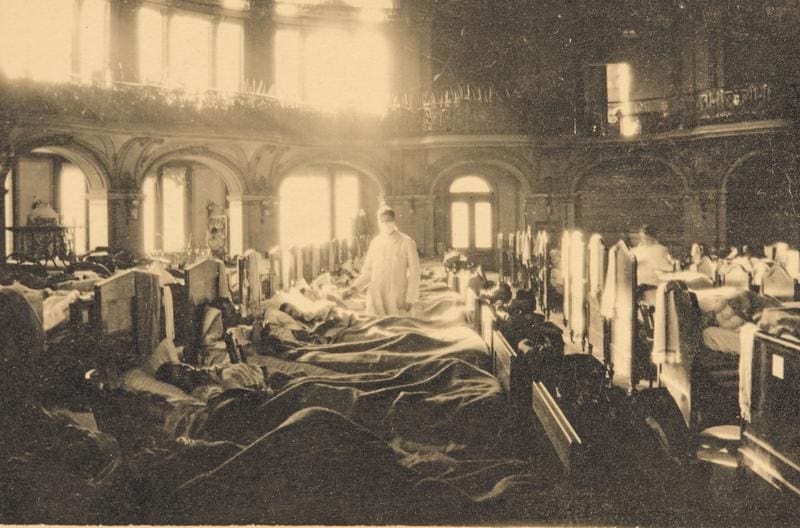Swiss researchers decode Spanish flu virus genome
Researchers from the Universities of Basel and Zurich have reconstructed the viral genome of the 1918-1920 Spanish flu in Switzerland for the first time. The analysis of a more than 100-year-old virus from a historical specimen in the medical collection of the University of Zurich (UZH) provides new insights into the adaptation of the virus to humans and could help to better combat future pandemics.

The Spanish flu claimed 20 to 100 million lives worldwide and is considered one of the most devastating pandemics in history. Under the leadership of palaeogeneticist Verena Schû¥nemann from the University of Basel, the influenza genome was sequenced from a formalin-fixed specimen of an 18-year-old patient who died in Zurich in July 1918. The study shows that the Swiss virus already had three key mutations at the beginning of the pandemic that made it more resistant and infectious. Two mutations protected the virus from antiviral defense mechanisms of the human immune system, while a third improved its binding to human cells. These adaptations remained in the virus populations until the end of the pandemic.
The researchers developed a new method for sequencing old RNA, which, in contrast to the more stable DNA of influenza viruses, decays quickly. This method makes it possible to isolate RNA fragments from historical specimens and verify their authenticity. The close collaboration with the UZH Medical Collection and the Charitûˋ Museum of Medical History in Berlin underlines the importance of such archives for the reconstruction of ancient virus genomes.
The results are an important step towards understanding the evolution of pandemic viruses. By comparing virus genomes from Germany and North America, the researchers were able to understand the adaptation dynamics of the virus in Europe. This knowledge should improve models for combating future pandemics by revealing the adaptation mechanisms of viruses to humans. Further analyses and the reconstruction of additional virus genomes are planned in order to expand the basis for evidence-based strategies.
Original paper:
Read also:
Editorial office: X-Press Journalistenbû¥ro GbR
Gender note. The personal designations used in this text always refer equally to female, male and diverse persons. Double/triple references and gendered designations are avoided for the sake of better readability ected.




